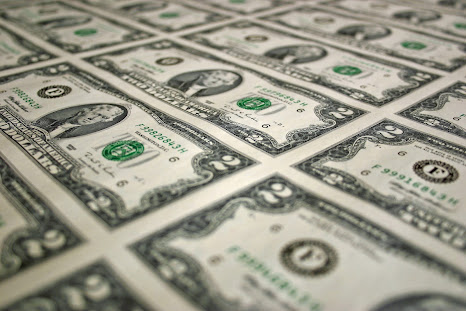The main difference between coin collecting before and after the Renaissance is the development of an active market. With the new wave of interest, demand for antique coins greatly exceeded the available supply. During the 15th and 16th centuries, ancient-coin collecting became the “hobby of kings,” and the list of collectors is a list of European nobility. At the same time, famous artists were employed by these patrons to create replicas of ancient coins and portrait or commemorative medals, which became collectible in their own right. The appetite of collectors fueled a cottage industry of agents and prompted a search of source lands for salable artifacts. As might be expected, the insatiable market created such demand that it also fostered the introduction of forgeries.
By the 17th century, the nature of collecting had shifted slowly toward serious research. As a result, very broad collections were formed, studied, and cataloged. Numismatics became an academic pursuit, and many important treatises were published during that period. The involvement of institutions and the rise of public collections in the 18th century led to sponsorship of academic study, which elevated numismatics to the stature of a science. Most important, the exchange of information and new discoveries was formalized through detailed and widely published treatises on the topic of coins and collecting. Many of the large private collections of noble families came under state control during this period, and the subsequent cataloging of these holdings added volumes to existing knowledge. This information was readily available to the general public, and coin collecting became a pursuit of middle-class merchants and members of the various professions who were growing in numbers as well as cultural sophistication. Collecting ancient coins is one of the few ways that the average person can own actual objects from antiquity, and this point was not lost on the growing collector base. Coins are remarkably accessible pieces of history. Source








